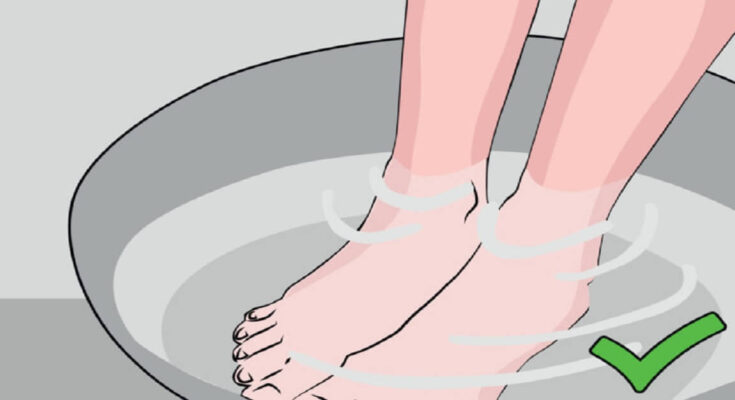Diabetes, if poorly managed, causes infections in your feet that can spread to other areas. Infections manifest through ulcers, pain, and blisters on a patient’s feet, which can be life-threatening if left untreated. The last measure for dealing with severe diabetic feet is amputation, which you should try avoiding. Experts recommend the following diabetic foot care tips to prevent complications:
Medical Treatment
Patients with diabetic feet need immediate treatment to prevent the problem from worsening. Doctors use a range of nonsurgical and surgical treatments to help victims avoid amputation.
Nonsurgical Treatment
Diabetic foot experts often try to manage the problem without surgery. Some nonsurgical diabetic foot problem treatments include:
- Eliminating calluses on the patient’s feet
- Offering antibiotic prescriptions to deal with the infection
- Cleaning wounds regularly and dressing them appropriately
- Observing and dealing with gangrene on toes. Gangrene causes the patient’s toes to lack blood flow, resulting in self-amputation – the patient’s toes fall off.
- Doctors also recommend diet and lifestyle changes to manage the problem from getting worse. Some of the exercises they recommend help with peripheral vascular disease.
Surgical Treatment
If nonsurgical treatment methods are not successful, doctors may perform surgery. Some surgical treatments to manage diabetic feet include:
- Removal of dead and decaying tissue on the feet
- Surgical removal of ingrown toenails. The small portion of the patient’s nail that grows on the side destroys the nail bed beneath it. The in-growth can dig into the skin, increasing the chances of bruises, injuries, or extra infection.
- Stabilization of Charcot Foot
- Creating an arterial bypass to create proper blood flow to the feet area. This helps deal with peripheral vascular disease and avoid self-amputation on the infected foot. Surgeons can also place stents on the blood vessels through endovascular surgery. The stents are responsible for keeping the blood vessels open to improve blood flow to the feet.
If proper diabetic foot treatment starts early, the patient might be cured, but nerve damage still exists. To prevent such issues, diabetic patients should remain invested in foot hygiene and care.
Tips for Diabetic Feet Care
Diabetic patients can prevent infections and foot problems through the following ways:
Regular Cleaning and Inspection of the Feet
Cleaning your feet daily can reduce the chances of infection. Wash them using mild soap in warm water. Wash hidden areas on the leg, like between the toes, and dry properly to keep the feet in the best condition.
Read Also: How Often Do I Need to Wear My Invisalign Aligners?
You should check the feet daily for blisters or any developing problems to have them treated early.
Promoting Blood Flow to the Feet
When sitting, you should raise your legs and constantly wiggle or move your feet around to promote blood flow. Exercises like walking or jogging will also improve blood flow to the legs and feet.
Lifestyle Changes
Habits like smoking affect blood circulation, so you should avoid it to avoid diabetic foot. You can also control blood sugar levels to reduce the risk of diabetic complications.
Careful Nail Grooming
Long toenails can be a huge cause of injury, so you should trim them often to prevent damage. Avoid nail ingrowths by using a nail clipper and cutting straight across the toenail. It would be best to avoid cutting down the sides. Instead, file them smoothly.
Wearing Protective Footwear
Protective footwear prevents injuries or infections to the feet. Experts advise having the footwear around the house to walk and stay in.
You can start by having socks or stocking to prevent the cold from reaching your feet. Only wear shoes that fit correctly and have room to accommodate any deformity you may have.
Regular Checkup
Diabetes doctors recommend foot exams periodically to check for any problems. Their experience helps see signs of foot problems early before developing to institute proper solutions.
Use the Above Diabetic Foot Care Tips
Diabetic foot problems can spread to other areas if not well managed. Experts use a range of surgical and nonsurgical treatments for the issues and recommend preventative diabetic foot care tips. Working with the experts helps manage the condition, preventing severe measures such as amputation.




